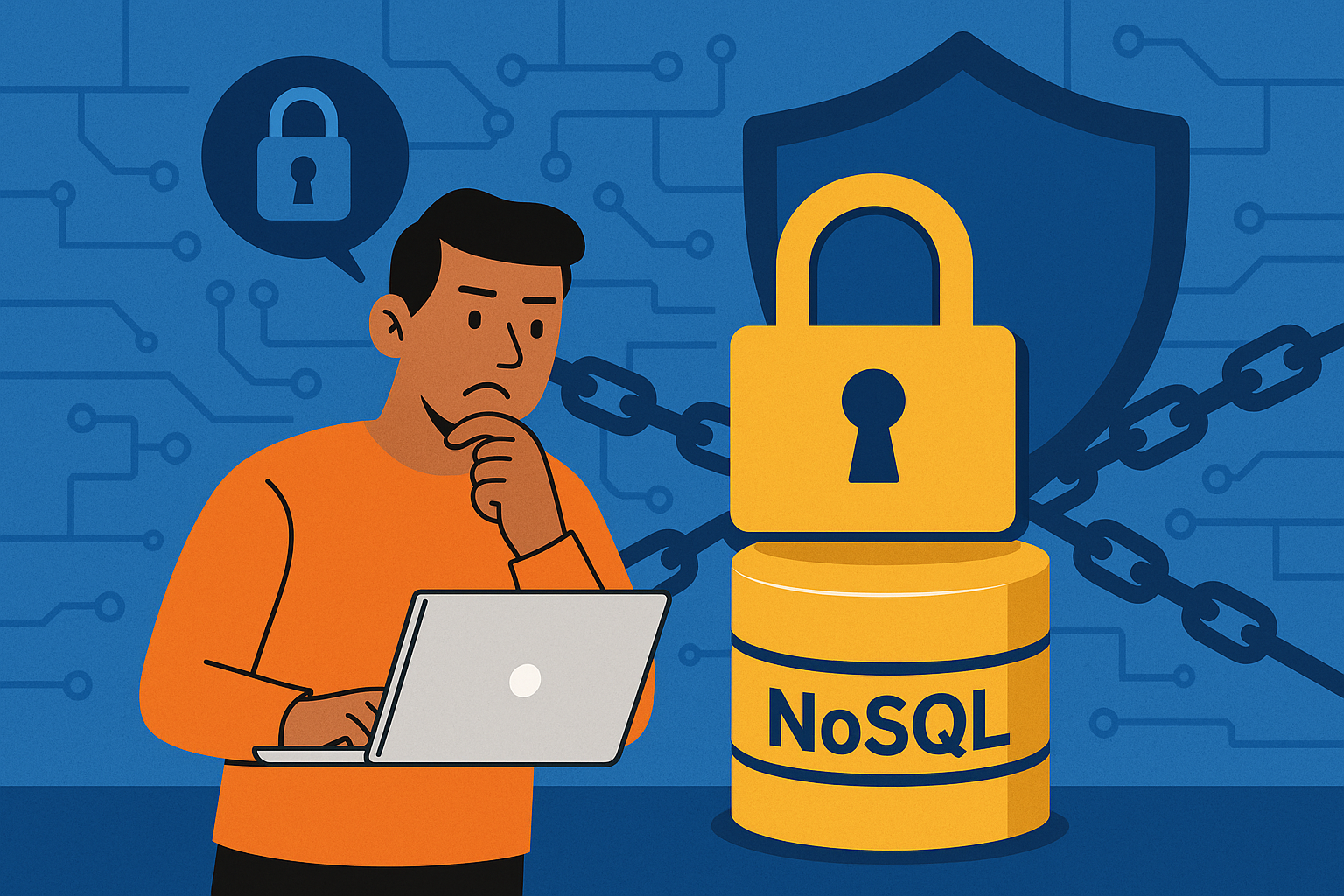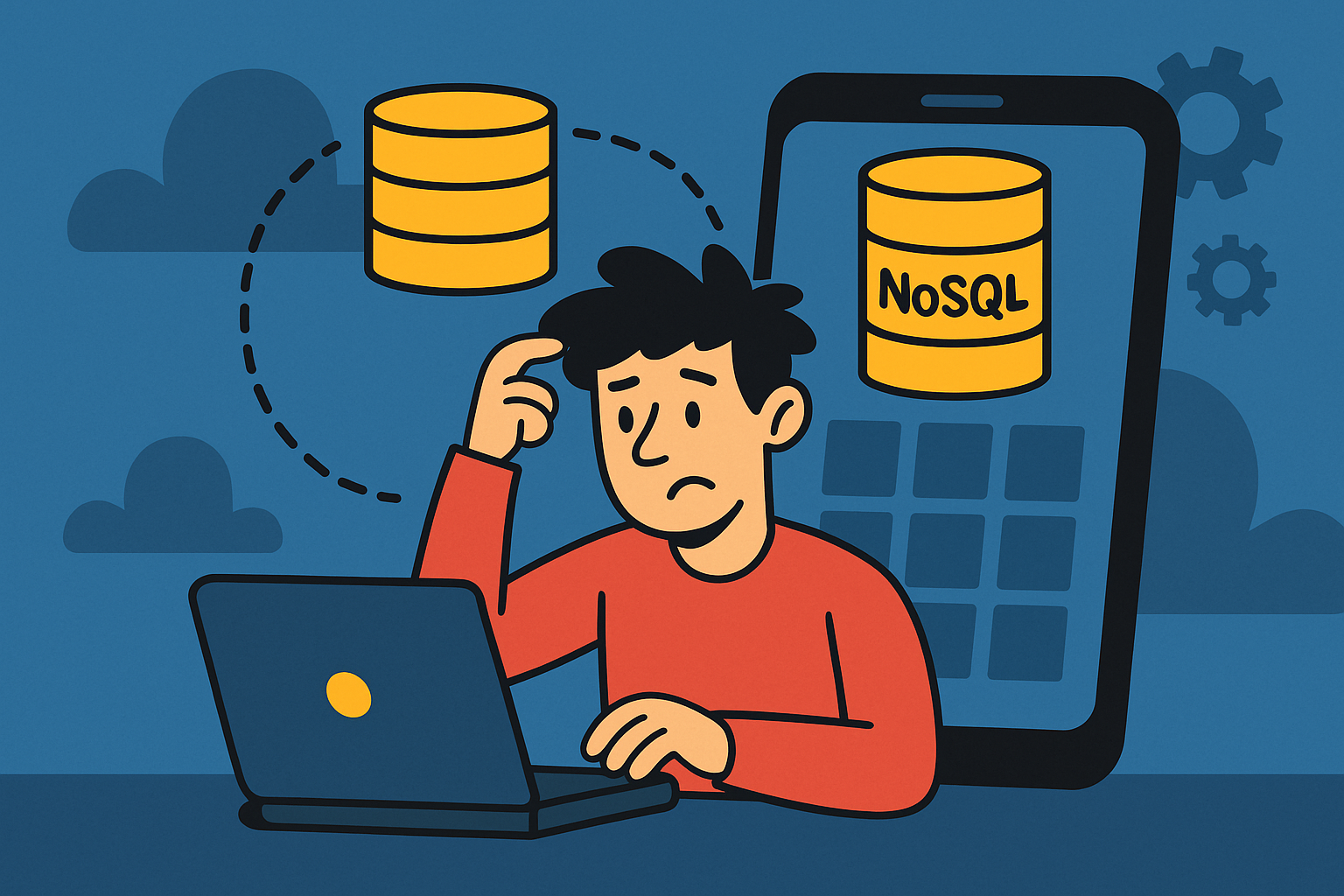The Imperative for SQL and NoSQL Integration.
The era of monolithic architectures and single-database solutions is gradually being replaced by diversified, multi-database landscapes. The technological revolution has led to an unprecedented growth in data volume, variety, and velocity. This raises a crucial issue: how do we integrate disparate database technologies like SQL and NoSQL for seamless interoperability? In this comprehensive blog post, we will delve into the heart of this challenge to explore the strategies, patterns, and considerations vital for effective integration.
The Fundamentals: Understanding SQL and NoSQL Databases
When it comes to SQL databases, their primary strength lies in the capacity to manage structured data through well-defined schema constraints. SQL databases, with their tabular structures, are designed to accommodate complex queries. Their ACID (Atomicity, Consistency, Isolation, Durability) properties ensure that every transaction is processed reliably, a feature often indispensable in financial systems, ERP solutions, and other mission-critical applications. The SQL language itself has been honed over decades to provide highly efficient querying capabilities. Whether it's complex joins or sub-queries, SQL databases excel in providing intricate query patterns, making them ideal for analytics and reporting systems where data integrity is paramount.
On the other side of the spectrum, NoSQL databases offer a different set of capabilities that shine when traditional RDBMS systems face challenges. These challenges can include the need to store unstructured or semi-structured data, or to handle high write throughput, often required by real-time analytics or Internet of Things (IoT) applications. NoSQL databases come in various types, each designed to solve specific kinds of problems:
- Key-Value Stores: Ideal for caching and session storage, these databases like Redis and Amazon DynamoDB offer high performance and are capable of horizontal scaling.
- Document Stores: MongoDB and Couchbase are examples of databases that store data in a semi-structured document format, typically JSON, and are generally used in content management systems and inventory applications.
- Column Stores: Optimized for read and write operations on columns rather than rows, databases like Apache Cassandra and HBase are frequently used in data analytics and real-time big data applications.
-
Graph Databases: With a focus on relationships between data points, graph databases like Neo4j and ArangoDB are often employed in social networks, recommendation engines, and fraud detection systems.
Martin Fowler's insight about multi-model databases gives us a broader perspective: "The value of a multi-model approach is where you can choose the kind of storage and retrieval appropriate to your needs." In essence, both SQL and NoSQL databases have unique value propositions. SQL databases offer ACID compliance and robust query capabilities. In contrast, NoSQL databases offer flexible schemas, horizontal scaling, and are optimized for specific types of data storage and retrieval.
The decision to use SQL, NoSQL, or both, isn't simply a matter of picking one over the other. Often, it's about positioning these databases where they can provide the most value, given their strengths and weaknesses. For example, an e-commerce application might use a SQL database for inventory management where ACID properties are crucial, while leveraging a NoSQL database for user data and real-time recommendations.
It's essential to understand that while SQL and NoSQL databases operate under different paradigms, they are not mutually exclusive. Their unique strengths can be harnessed in tandem to solve complex problems, thereby fulfilling needs across various facets of a business. However, integrating these inherently different database systems does present challenges, which brings us back to the topic at hand—how to effectively marry these disparate technologies for a seamless data strategy.
By thoroughly understanding the fundamental characteristics, capabilities, and limitations of both SQL and NoSQL databases, we are better equipped to tackle the issues that arise during the integration process. The complexity of integrating these databases should not be underestimated, and a deep understanding of their fundamentals provides the initial stepping stone towards a successful integration strategy.
Database Design Philosophies
Data management in SQL databases usually adheres to a Schema-On-Write philosophy, wherein the schema is defined before the data is written. On the other hand, NoSQL databases often employ a Schema-On-Read approach, where the schema materializes at the time of data reading. This fundamental difference between SQL and NoSQL databases can make data integration a complex task. While SQL databases use normalized data models to minimize data redundancy, NoSQL databases often lean towards denormalization for the sake of read performance and horizontal scaling. This divergence in design philosophies needs to be reconciled when considering iChallenges in SQL and NoSQL Integrationntegration strategies.
The Business Case for Integration
Now, why would an organization want to deal with the hassle of integrating these divergent databases? The reasons are manifold and often dictated by specific operational needs. For instance, real-time analytics often require data to be fetched from a SQL database for historical information and a NoSQL database for high-velocity data. Additionally, in scenarios like omnichannel inventory management, SQL databases might hold the inventory data while NoSQL databases manage the real-time customer interactions. Therefore, organizations cannot afford to operate in silos if they aim to leverage the complete spectrum of capabilities offered by both SQL and NoSQL databases.
Challenges in SQL and NoSQL Integration
One of the primary hurdles in the integration process is dealing with data model inconsistencies. SQL databases often have normalized data models, whereas NoSQL databases favor denormalization. This results in a dissonance when these databases need to synchronize or share information. Additionally, the handling of schema changes—often referred to as schema evolution—is more challenging in SQL databases due to their fixed schemas, while NoSQL databases offer more flexibility.
Another critical factor to consider is consistency models. SQL databases usually maintain strict consistency, while NoSQL databases often settle for eventual consistency. This difference could lead to transient data inconsistencies during integration, posing challenges in real-time analytics or transactional systems.
Performance considerations also play a vital role. SQL databases are generally optimized for complex queries and transactions, but they may not provide the latency needed for high-velocity data. NoSQL databases are designed for high throughput and low latency, especially for write-heavy workloads. Therefore, when integrating these databases, balancing the latency and performance requirements becomes pivotal.
Architecture Considerations
Architectural decisions can significantly impact the success of database integration projects. Decoupling architecture layers—such as using a separate service for business logic—makes it easier to integrate heterogeneous databases. Some organizations are turning towards microservices architectures, which allow individual services to use databases that are most appropriate for their specific needs. Techniques like data partitioning and sharding can also facilitate horizontal scaling, making it easier to integrate large datasets across multiple database types.
Common Integration Patterns
Data Federation
Data federation comes to the rescue by providing a unified API layer that abstracts SQL and NoSQL data retrieval. Technologies like GraphQL serve as excellent choices for implementing such a layer. This enables developers to pull data from multiple databases seamlessly, using a single query language, thereby simplifying the application code and reducing the complexity of multiple database calls.
ETL and ELT Processes
The extraction, transformation, and loading (ETL) or the extraction, loading, and transformation (ELT) of data between SQL and NoSQL databases is an indispensable strategy. As Ken Collier, author of "Agile Analytics: A Value-Driven Approach to Business Intelligence and Data Warehousing" stated in the context of Agile Analytics, "The value isn't in storing data; it's in using it." Here, batch or real-time data processing methods can be employed based on the specific integration needs.
Data Synchronization
Data synchronization involves keeping the datasets in SQL and NoSQL databases consistent with each other. This may require middleware or custom-built software that can perform bi-directional synchronization between these database types.
Vendor-Specific Solutions
Cloud vendors have recognized the growing need for SQL and NoSQL integration, and they offer specialized services like AWS Glue, Azure Cosmos DB, and Google's BigQuery to make the process easier. For instance, AWS Glue can automate many ETL tasks, while Azure Cosmos DB provides multi-model database services to facilitate seamless integration. Meanwhile, iPaaS platforms such as Martini, are specialized solutions tailor-made to integrate and automate SQL and NoSQL databases across different vendors and cloud vendors.
Performance Metrics and Optimization
Assessing the integration's success involves tracking key performance indicators (KPIs) like latency, throughput, and query performance. Indexing strategies are vital for SQL databases to improve query speed, while NoSQL databases may benefit from distributed data architectures for better performance. Caching mechanisms can further enhance read-heavy workflows, providing a performant, integrated data solution.
Compliance and Security
Security should not be an afterthought in integration projects. Methods for data encryption, auditing, and compliance with data governance policies must be in place. API security measures, such as OAuth and JWT tokens, should be utilized to ensure secure data exchange between SQL and NoSQL databases.
The Road Ahead
SQL and NoSQL databases offer unique sets of capabilities and advantages. The key to successful integration lies in understanding the intrinsic properties of each database type and crafting a strategy tailored to the specific needs of the organization. As data ecosystems continue to evolve, a one-size-fits-all approach to integration is not just impractical but detrimental. The journey to successful SQL and NoSQL database integration is filled with challenges, yet the rewards—scalability, performance, and versatility—are well worth the effort.
With a focus on continuous learning and adaptation, organizations can navigate the complex landscape of database integration, delivering robust, high-performing solutions that stand the test of time.
 is now
is now


